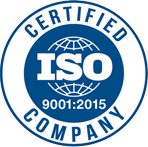Blog
SAP MES (MII/ME/DM) integrated with Autonomous Mobile Robots (AMRs)
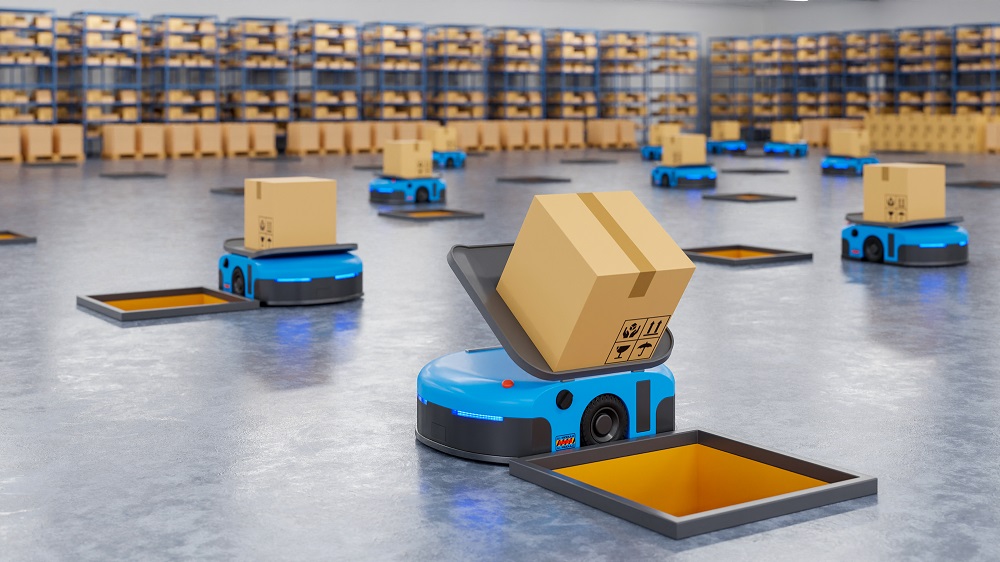
Industries from automotive to pharmaceuticals share the goal of increasing workflow efficiency on factory floors and in distribution centers. In manufacturing and warehousing operations, autonomous mobile robots (AMRs) are one of the most flexible/versatile material transport solutions within the plant. An AMR is effectively an unmanned vehicle, carrying a payload that is guided automatically around the factory floor. As such, AMRs are starting to become the backbone for modern material management and handling within all industries. In this new business revolution, opportunities driving increased operational excellence are arising for manufacturing and warehousing.
RTS has delivered shop floor SAP MES (ME/MII/DM) integrated with AMRs for manufacturers in the past which helped optimize internal plant material logistics and production equipment utilization (OEE). AMRs can achieve some of the benefits of conveyors but provide greater flexibility, agility and less obstruction on the factory floor. The global economy and consumers are rapidly changing. Things such as mass customization, whereby consumers can configure items online making unique products for themselves. RTS is seeing strong demand for such leading manufacturing technologies (AMRs) that can respond quickly to those consumer product changes.
AMRs are a perfect fit for assembly lines and material handling where you need 24/7 operation, onboard power for lift or rotation, high duty cycles or heavy payload transport.
Wondering if AMRs are a fit for your plant? Read on.
Flexible Paths and Processes
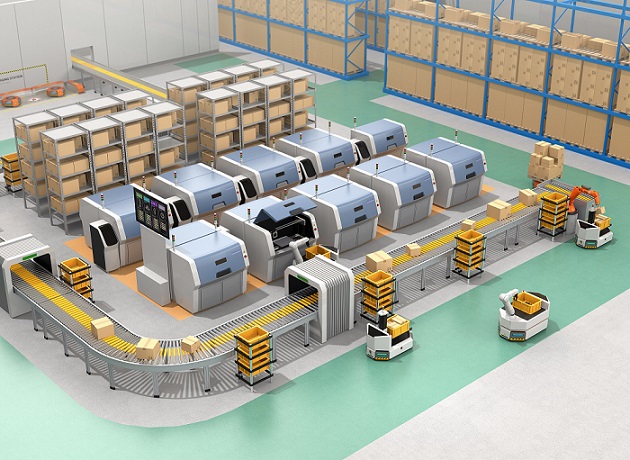
Often traditional conveyance may not offer flexibility for the final destination, process paths or specific products. Conveyers with in-ground pits or overhead infrastructure, chains and metal tracks, can be dirty, noisy and expensive (such as a power&free system) to change out and maintain. Once the tracks are laid it cannot be easily altered. AMRs on the other hand offer all the flexibility without the associated constraints.
AMR’s onboard controllers or fleet management software can be programmed to think and make decisions dynamically responding to process changes.
Achieve Just in Time (JIT) Plant Logistics
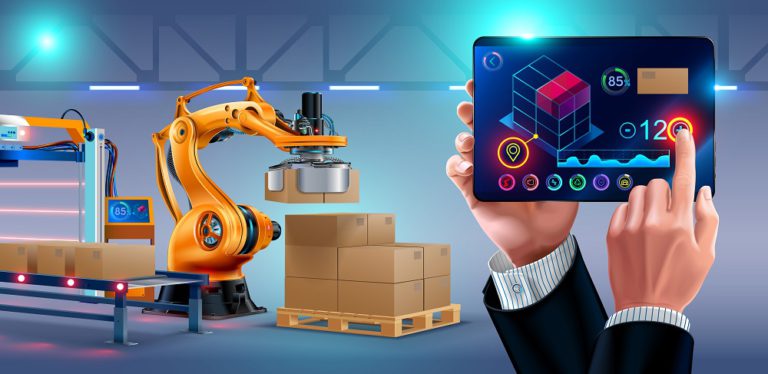
You can easily achieve JIT internal plant material logistics with SAP MES orchestrating your AMRs. Whether considering autonomous, self-driving or other technologies, optimizing the investment with increased utilization is key. Consider these points:
- No operator AMR call required for finished goods and raw material replenishment logistics
- AMR receives finished goods product details and inventory put-away information
- AMR receives raw material pick-up and destination details
- Reduce/eliminate raw material delivery wait times and potential machine feed starvation
- Fully integrated with shop floor and SAP ERP
- Deployable with any manufactures’ AMRs
- You can provide different routes and junctions to an AMR to deliver products via different routes
- Allow employees to be reassigned to areas where they can add value to the product
- Provide safe, efficient and cost-effective movement of materials
Ability to Scale
Imagine you have a new product launch, with limited initial production at first but it shall soon ramp up as the demand increases. With the traditional chain-based conveyance, a manufacturer will have to essentially purchase and set up the conveyance well in advance. For example, it’s generally not practical to install part of an overhead power&free track. Instead, they have to make the full conveyance investment at the start of the project, even if they won’t be up to capacity for some time.
AMRs allow a staged investment, a manufacturer can just buy only the number of AMRs they need for the initial launch, adding AMRs as they increase production rates. This approach reduces capital outlay, lowers risk, and better aligns production expenses with revenue.
From Single Model to Multi-Model
Manufacturing is switching from single model production to multi-model production rather rapidly and it’s becoming quite a norm. With such a change in the production model, you have to consider the inevitable cost of laying out the new conveyance structure. Case in point, we’ve witnessed such change for decades in automotive manufacturing, as most automakers scrap thousands of pounds of conveyor metal for every major model change.
In such situations, AMRs are more suitable for multi-model and periodically changing assembly lines since they are flexible in purpose and are not physically attached to a building structure, unlike traditional conveyance models. AMRs can also provide a moving load surface (conveyor) or onboard lift and rotation capabilities.
Need for an intelligent conveyance system?
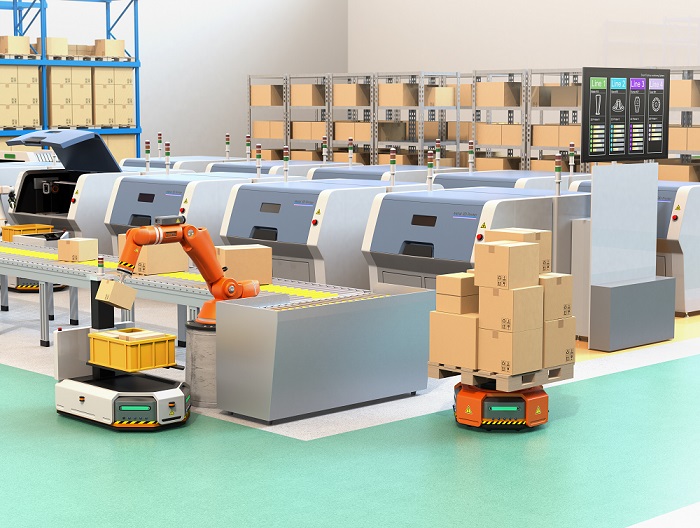
With the advancement in technology, AMRs are becoming more intelligent by the day via software upgrades. They come equipped with onboard real-time computers that AMRs can interact directly with a manufacturing execution system (MES), allowing the integration to drive “Just in Time” logistics, error-proofing, traceability, part kitting and more.
If an AMR detects an anomaly, say an obstruction in its travel path, it can either stop or it can take an alternatively defined or determine it’s own alternative route. Traceability and overall equipment effectiveness (OEE) systems will identify that the AMR has moved off the optimal path and log the incident that required the diversion.
Reduce Human Error
Human error can be common in manufacturing. A human is bound to get tired or distracted which can lead to an error or accident. AMRs can work tirelessly and can eliminate the chances and risks of a mishap. They can function day in and day out to produce high output while ensuring workers’ safety.
Enhance Safety
Have you ever noticed that at times workers do not really comply with the set rules of what speeds should be maintained while operating a forklift within an industrial premise or what should be the maximum payload that a forklift truck should carry? Picture a pre-programmed AMR which repeatedly does exactly what it has been programmed to do and only carries predefined payloads. They do not require operating personnel, have controlled optimal top speeds, and can be fully equipped with the aforementioned safety features to prevent accidents during material transport. AMRs also reduce the need for humans to expose themselves to extreme temperatures, hazardous substances, and heavy lifting.
